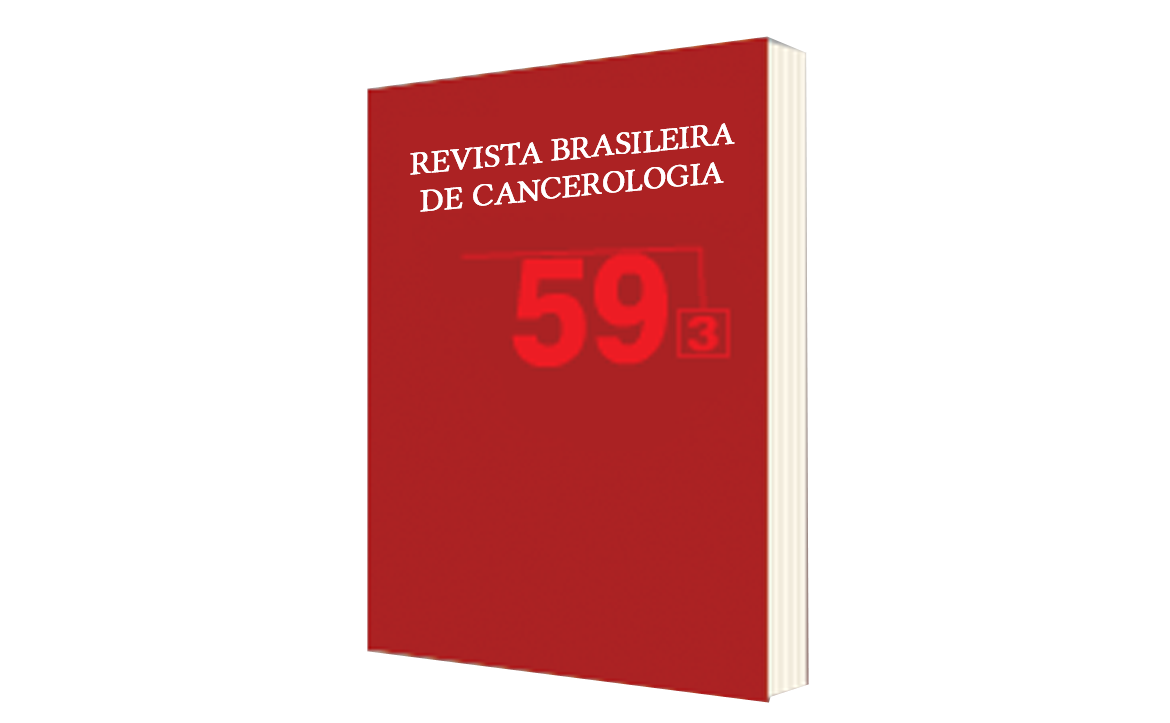Quality of Life and Shoulder Motion after Surgery for Breast Cancer: Physical Therapy Focus
DOI:
https://doi.org/10.32635/2176-9745.RBC.2013v59n3.508Keywords:
Breast Neoplasms-surgery, Mastectomy, Physical Therapy Specialty, Quality of Life, Range of Motion, Articular, Exercise TherapyAbstract
Introduction: Complications after surgery for breast cancer can cause injury in range of motion of the shoulder and a negative impact considering the quality of life. Objective: To evaluate the range of motion and quality of life before and after ten sessions of physiotherapy in postoperative of breast cancer. Method: A clinical self-controlled trial was conducted involving 36 women. The range of motion was assessed by goniometry of homolateral and contralateral (control) shoulder. Quality of life was evaluated by the European Organization for Research and Treatment of Cancer Quality of Life Questionnaire C-30 (EORTC QLQ-C30) and Breast Cancer Module (BR-23). The dependent and independent Student t test was used with p<0.05. Results: After the 10th sessionwe found a significant improvement in flexion (p<0.001), extension (p<0.001), abduction (p<0.001), adduction (p <0.010), medial rotation (p<0.011) and lateral rotation (p<0.020). When compared to the control member, such movements were similar except abduction that, although close to functional values, was still lower than the control limb (p<0.029). There was a significant improvement of physical function (p=0.004), pain reduction (p=0.046), financial difficulties (p=0.008) and symptoms in the arm (p=0.019). Conclusion: The physiotherapeutical approach improved the range of motion and quality of life in women after surgery for breast cancer. It is suggested that accompaniments for longer time may bring additional benefits.









